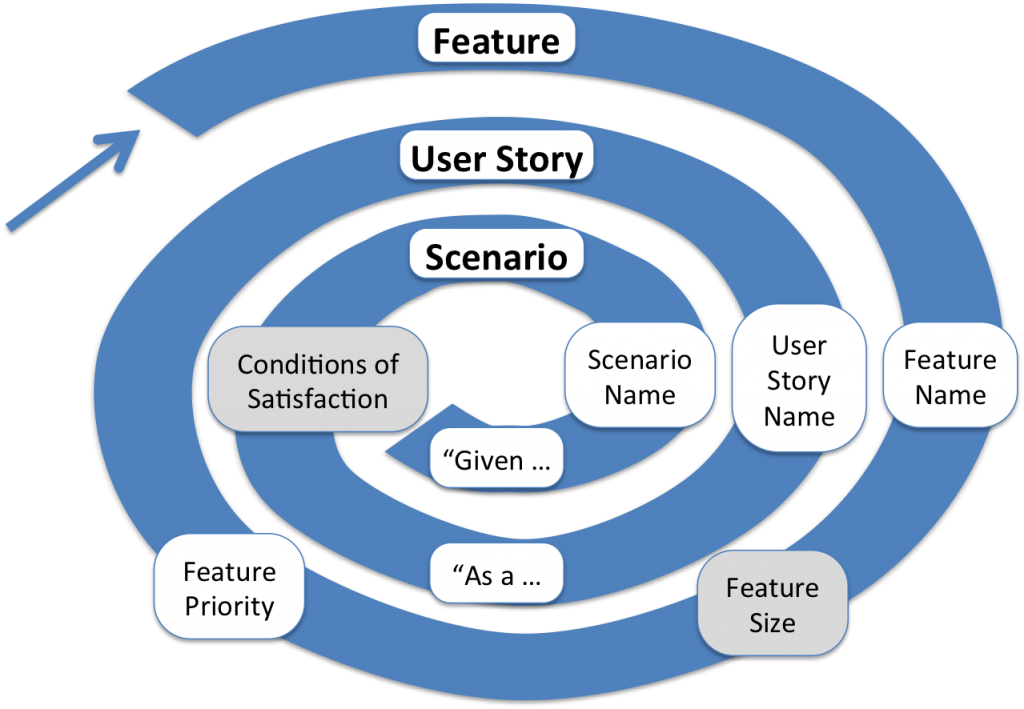Gojko Adzic has recently published a great book on a technique he calls “Impact Mapping”. Gojko’s Impact Maps are a visualisation of the business drivers and the associated project scope. This means the people doing the work (developers, UX, testers, etc) know what to build but also why they are building the functionality, how the functionality fulfils the business outcome and and who the functionality is for. Love it.
As it happens Programme Managers already have a very similar tool for a similar purpose. Benefits Maps, like Impact Maps, are used to visualise business drivers and associated scope, in this case programme scope. They answer two key questions:
- Why are we doing the programme?
- How will we realise the benefits?
The dual function – showing why and how – make Benefits Map high value documents. It also means a Benefits Map can easily morph into the initial Programme Blueprint. For a simple programme the Benefits Map may be the only Blueprint. And the diagram format means it fits on one page. Even in a world where we value “Working software over comprehensive documentation” that one page is worth having.
Continue reading →
